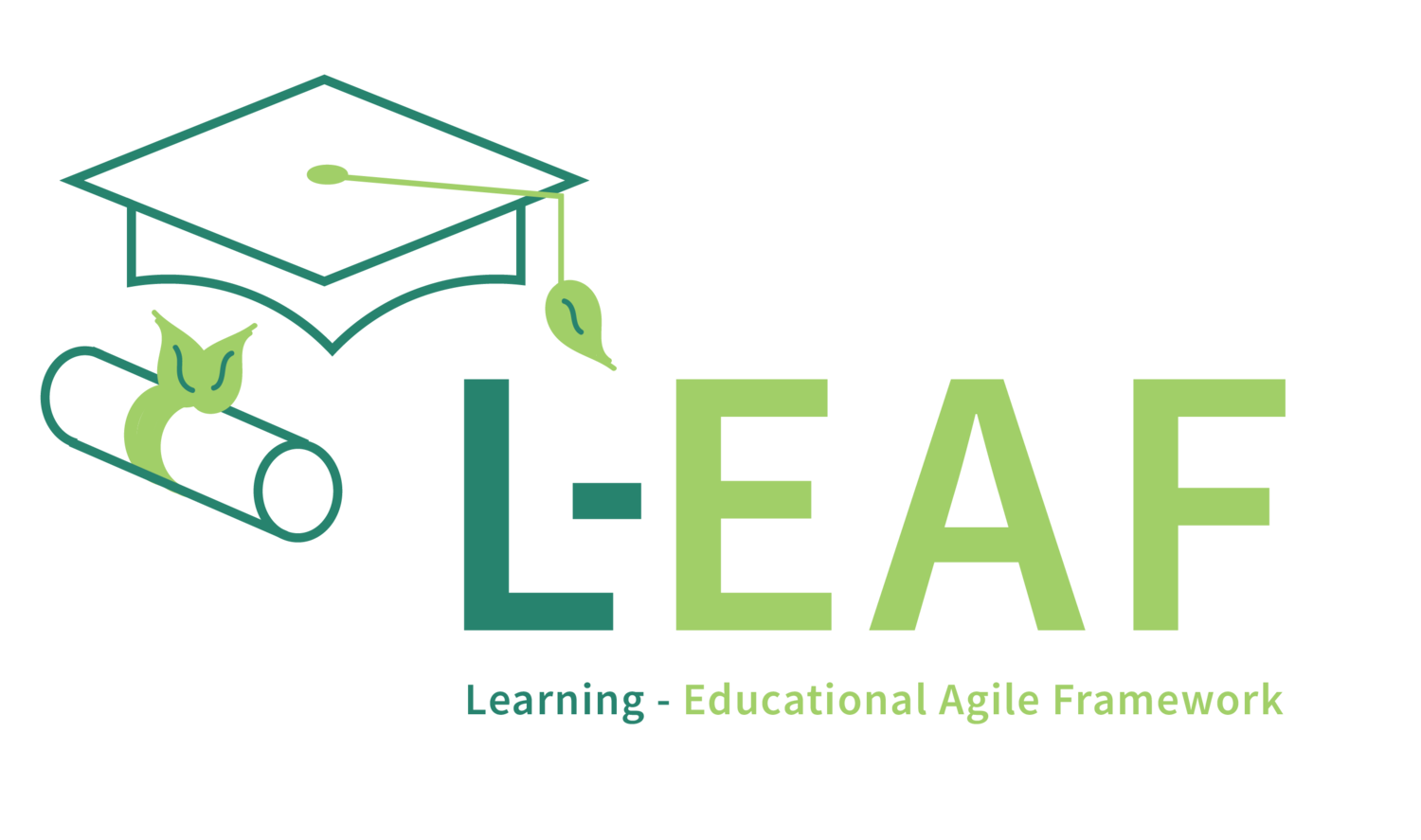From Industry to Education: My Journey of Discovery from Business Agility to Educational Agility
A Personal Tale of Transformation
Where I started: Over two decades in Agile Transformation Coaching, I've facilitated change in a variety of sectors, from fast-paced tech start-ups, finance, healthcare to bureaucratic government agencies. The agility that revolutionized software development in these fields is not confined to technology, business or management anymore; it holds immense potential for education.
Where that led: My journey took a pivotal turn when the global lockdown uncovered deficiencies in my children’s school emergency planning guide. I began consulting with educational institutions exploring why they were not using the same proven approaches from industry, used to minimize the risk of changes in the environment.. Here, I encountered a landscape grappling with rapid technological advancements, diverse learning needs, and evolving societal expectations. The challenges were daunting but not unfamiliar.
Why that matters: Reflecting on my experiences, I recognized a striking similarity: just as rigid structures stifled innovation in corporations, traditional educational models were struggling under the weight of modern demands. This realization led me to advocate for Educational Agility – a concept rooted in adaptability, resilience, and a focus on student-centered learning.
The Shift from Traditional to Agile
What we did: Drawing from my rich background and ability to recruit like minded, concerned parents with various professional skills, we began exploring how agile principles could be reimagined for educational settings. The focus shifted from a top-down approach to embracing collaboration, continuous improvement, and adaptability. That was the seed planted resulting in the Learning-Educational Agile Framework, designed around students and for leaders, staff and faculty of educational institutions.
What we tried: Much like empowering employees in a corporate setting, Educational Agility involves equipping leaders, staff, educators and students with the tools to navigate and shape their learning environments. This shift not only enhances engagement but fosters a culture of lifelong learning and innovation.
Example Activities for Agile Leadership
Open Forums for Innovative Teaching: Drawing on my experiences with corporate brainstorming sessions, we introduced an open forum for teachers to share and develop innovative teaching methods. These sessions create a breeding ground for fresh ideas and collaborative problem-solving. Check out The Agile Teacher’s Lounge (https://www.the-agile-mind.com/agile-teachers-lounge)
Cross-Disciplinary Projects: Inspired by the success of cross-functional teams in industry, we help teachers design interdisciplinary projects in schools. These projects break down silos, encourage diverse perspectives, and provide students with a more holistic education.
Student-Led Training: Mirroring leadership development and “train the trainer” programs in the corporate world, we encouraged the implementation of student-led coaching/training. This approach enhances students' communication skills, confidence, and sense of ownership over their ability to collaborate with others to get work done.
Parallel Benefits with Business Agility
What we thought: Just as businesses thrive by quickly responding to market changes, schools benefit from being able to adapt to educational trends and student needs swiftly. This agility results in more relevant and engaging learning experiences.
What we saw: In the corporate world, agility leads to increased team productivity and morale. In education, agile practices can similarly elevate teacher collaboration and student involvement, leading to more efficient and effective learning outcomes. We have seen numerous times that students working in agile teams, using pull-based learning, are able to achieve the desired learning outcomes in less time while demonstrating a higher level of learning synthesis.



